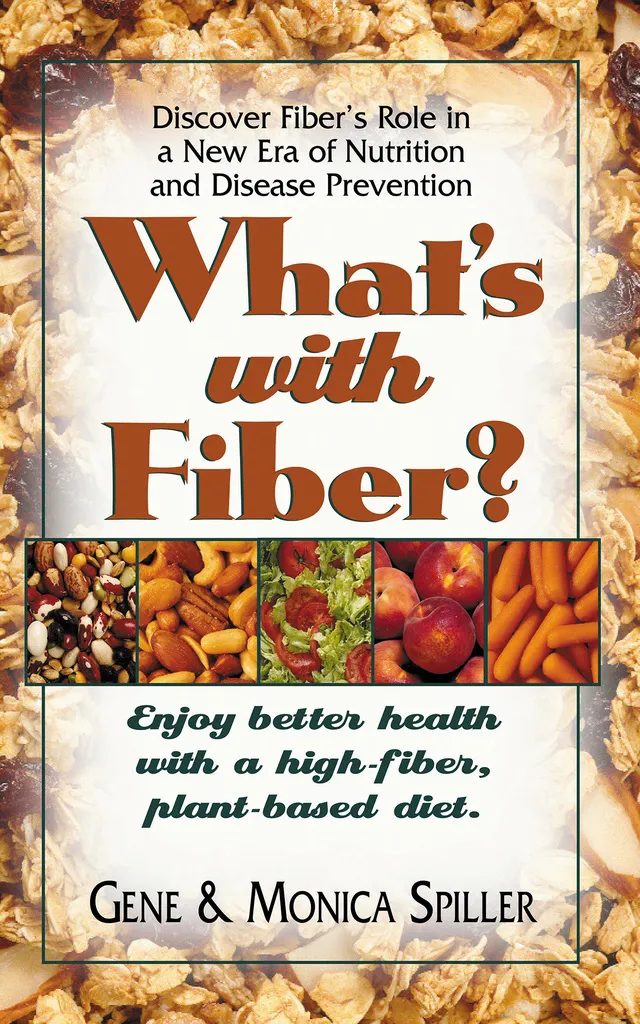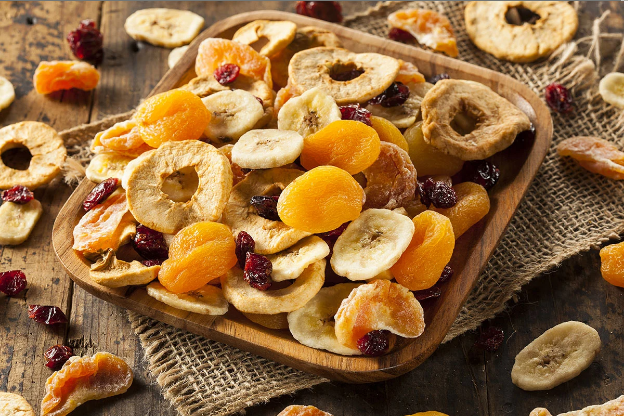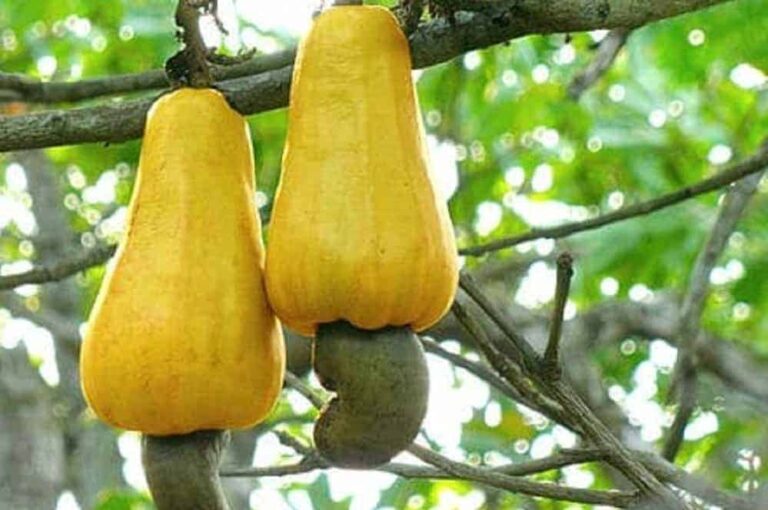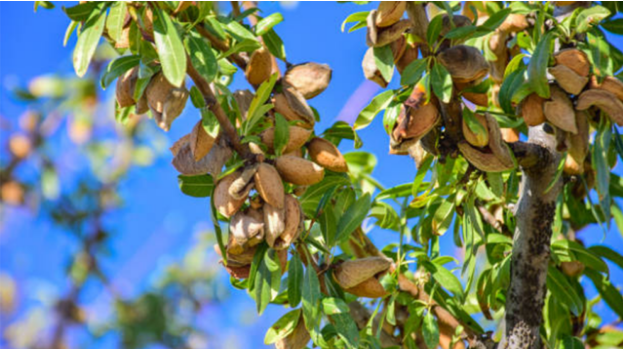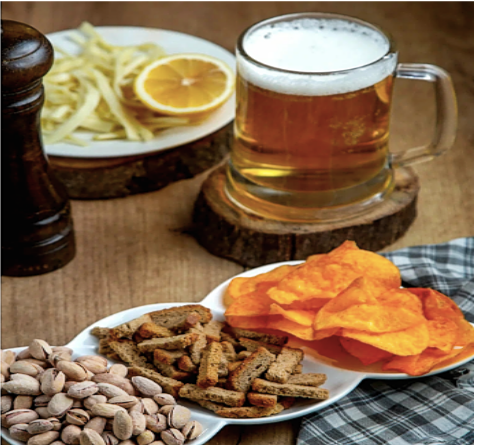Your cart is currently empty!
What Can Almonds Help With | The Health Benefits Of Almonds
When researching what can almonds help with, it helps to start with a history. The Old Testament’s most significant reference to the almond is Aaron’s Rod. After the famous exodus from Egypt, the rods of the princess of Israel were placed in the Tabernacle. Of the dozen staff, only one sprouted: the almond.

This staff budded and blossomed yielding almonds. Almond branches are a symbol of speed and quickness. They would bloom prematurely compared to other nut trees when placed in water. The Hebrews saw the almond tree as a symbol of haste in biblical times because of its sudden blossoming.
The almond kernel, or edible seed, is the nut of commerce we’re speaking of here. Fast forward to today, and almonds are found everywhere from gas stations to convenience stores and every kind of supermarket. Almonds were originally a small field industry in Europe before they were brought to California in the 1800’s. America is now the leader in Almond production. Farmers mostly grow these trees in the California Central Valley; where they water them with the Sacramento and San Joaquin Rivers. After America, Spain is the second largest producer of almonds.
Almonds for Indigestion
Almonds were very popular in England, where the Romans had introduced them at an early date. King Richard III’s master chefs mention almonds several times in the fourteenth-century cookbook Form of Cury. The French medieval cookeries’ consumption of almonds was also nothing short of substantial.
An inventory of the household goods of the queen of France in 1372 listed only 20 pounds of sugar- but included over 500 pounds of almonds.
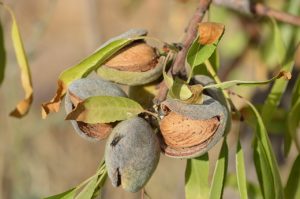
In medieval times, chefs became recognized for the fabulous dishes they could whip up and their loyalty to healing their bosses. The different remedies they could provide would relieve such dietary-related health problems as obesity, gout, flatulence, heartburn, acid indigestion, hypertension, enlarged heart or liver, and constipation.
Through repeated trial-and-error testing, such “Kitchen doctors” made discoveries. One of these was crushed almonds slowly simmered in barley gruel or cow’s milk over a fire for 30 minutes or more. When given to their gluttonous kings to eat or drink, the agonies of different gastrointestinal discomforts ceased within minutes. The same almond gruel can be made today using oatmeal, barley, or wheat. The cereal should be like soup when a tablespoonful of crushed almonds is added to 21 cups of this liquid mixture (or when one teaspoonful is added to 1½ cups of regular milk). Allow either to gently steep on low heat, uncovered, for at least half an hour. Then strain and eat or sip when lukewarm.
Aging Without the Wrinkles
In the seventeenth century, Ninon de Lenclos, a French female Fashion Designer, recommended an almond-based cold cream that was said to have preserved her beauty and kept her face free of wrinkles until she was well into her seventies. The Nonon de Le Enclos Ointment contained four ounces of oil almonds (the almond oil helped as the main ingredient), three ounces of hog’s lard, and one ounce of spermaceti (a yellowish, waxy solid obtained from sperm whale oil). She would then add onion juice, melt, and stir the ingredients until cool, then scent with rose water. Many still use almond oil today as a base for cosmetics employed in theatrical makeup.
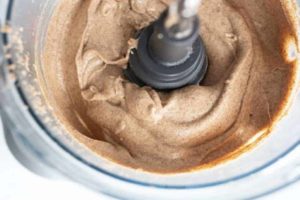
Here is a modern version of the same thing to make at home.
- Melt 2 tablespoons of Crisco shortening.
- ½ tablespoons grated candlewax.
- 3 tablespoons almond oil in a stainless-steel saucepan over low heat.
- Put ⅛ section of onion into a garlic press and squeeze until ½ teaspoon onion juice has been obtained.
- Be sure to stir often.
- Remove from heat and add 1 teaspoon of rose water.
- Then, pour into some clean, empty baby food jars.
- Apply this almond anti-wrinkle cream on the forehead, face, and neck every night before retiring.
- Cover these areas with some strips of plastic wrap to prevent staining pillow slips and bed sheets.
Wipe off the next morning with cotton balls soaked with rubbing alcohol.
Then, use the following mixture to cleanse the face thoroughly. All ingredients listed below are available at supermarkets or better health-food stores. To make the Daily Facial Scrub, 4 tablespoons each of oatmeal, yellow cornmeal, and whole almonds, along with 2 tablespoons granulated kelp, in a food processor or blender machine for 15 seconds on low speed and 10 seconds on high speed.
This amount of scrub, stored in a glass jar, will last 1 week and is safe to use daily. It’s great for all skin types. For daily use on oily skin, place 2 tablespoons of the scrub in a bowl and add 4-6 tbsps. water. Add 4-6 tablespoons of water and 1 tablespoon of olive oil daily on dry skin. Rinse with cold water.
Follow this up with a Wonderful Fruity Toner. In your Vita-Mix Nutrition Center or equivalent food machine, combine ¼ cup each of strawberries, unpeeled apples, peeled bananas, and orange juice for 15 seconds on high speed; strain, store in a glass bottle, and refrigerate. Splash it on your face, put some into an empty spray bottle, and mist it onto your skin.
Finally, add this Delightful Moisturizer. In your Vita-Mix Nutrition Center or equivalent food machine, blend 3 cups each of aloe vera gel, almond or olive oil, vegetable glycerin, and an essential oil fragrance of your choice. Blend on medium speed for 10 seconds; store in a dark glass container. You may use the moisturizer, scrub, and toner over the entire body if desired. It is a fantastic beauty regimen to help you age “gracefully” and virtually wrinkle-free.
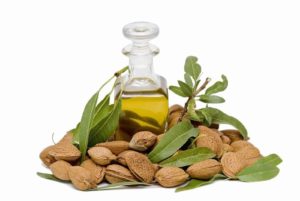
Proven Cancer Remedy
The bitterness in the bitter almond is due to the glycoside amygdalin (laetrile). Specifically, an element that readily hydrolyzes or breaks down to produce a cyanide. During extraction of the oil of bitter almond, the cyanide, also known as prussic acid, is eliminated so that the oil may safely be used for flavoring. But what may be dangerous to some can be quite life-saving to others.
Two dozen states bypassed legislation legalizing the use of laetrile by doctors in the early 1980’s. This created well over 75,000 cancer patients nationwide using it for treatment.
One scientist who gave up a promising career to champion the use of laetrile was the late Dr. Harold W. Manner, formerly chairman of the Department of Biology at Loyola University in Chicago. The cyanide in laetrile “is not a poison when it is part of a complete chemical complex,” used intact with other things. Dr. Manner believed that cancer patients could safely take small amounts of bitter almonds (up to ten) each day without suffering serious consequences. His main point was that “almonds could do no more harm than chemotherapy or radiation does, and probably a lot less.” He quit his lucrative job and went to Tijuana, Mexico, to open the Manner Clinic, which has helped hundreds of people recover from several cancers in the past decade.
In recent years, laetrile has fallen into disfavor with many of the alternative cancer clinics in Tijuana. But a few doctors in Mexico and here in the United States still prescribe it to their cancer patients. There are still those I meet every so often at alternative health conventions who tell me they regularly chew small mouthfuls of almonds to prevent getting cancer or to treat existing tumors they may have.
Almonds Are Good for the Heart
Imagine this: eating almonds helps curb dangerously high blood cholesterol. At least that’s the scientific opinion of Dr. Gene Spiller, a noted researcher and director of the Health Research and Studies Center in California.
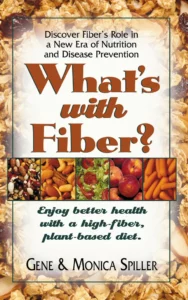
In tests, Dr. Spiller asked a group of men and women with elevated cholesterol, averaging approximately 240, to consume 1 ounce of almonds three times daily. This test lasted for just over two months.
Other groups ate equal amounts of fat from cheese or olive oil. They all ate comparable amounts of whole grains, vegetables, and fruits.
But what Dr. Spiller found intriguing was that the almond-con-sumers’ cholesterol dropped from 10-15 percent compared to the cheese-eaters. The almond also helped reduce cholesterol slightly better than olive oil. He thinks the findings make sense because most of the fat in almonds and olive oil is monounsaturated. If olive oil is good for the heart, as has shown repeated demonstrations in a lot of research, then so is almond oil. There is just one small drawback, though. All fats are high in calories; 3½ ounces of almonds have 636 calories. But the good doctor thinks they’re still okay to substitute for meat and dairy fats if you’re to bring down your cholesterol.
Hemorrhoid Treatment with Almond Oil
Over three decades ago, the British Medical Journal carried a report in its January 27, 1962, issue on “Injection Treatment of Hemorrhoids [with Almond Oil.” Doctors at St. Thomas’s Hospital in London injected a solution of 3 milliliters of 5 percent phenol with almond oil into the submucosal tissue just above each hemorrhoid. The Doctors give further injections later on if necessary.
Most importantly, almond oil helped to stop bleeding, itching, and swelling almost immediately. The article recommended that doctors use pure almond oil with phenol to treat hemorrhoids. There is a reason almonds and other nuts have been known to promote longevitiy since biblical times.

